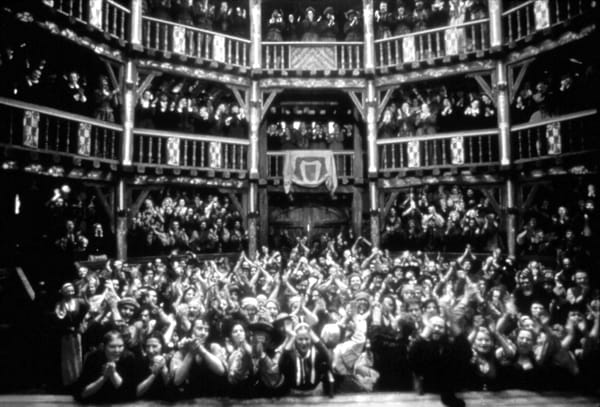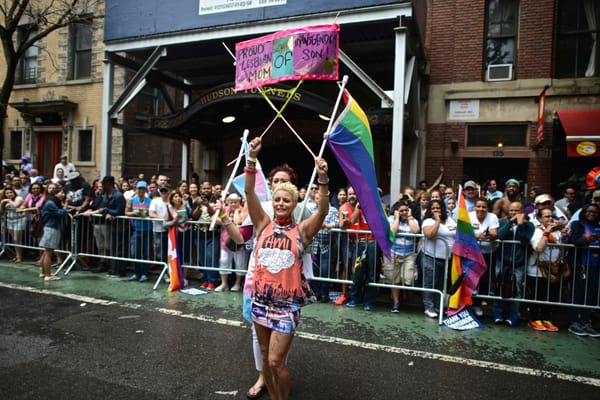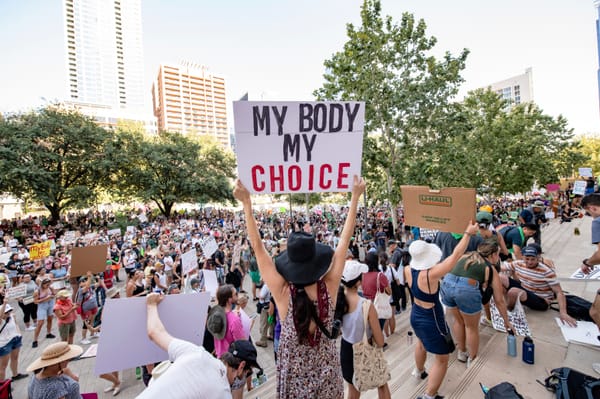Designers Are Taught to Think of Their Work as Neutral. It’s Not.
Feminist design can show up in anything from the apps we use to the healthcare we receive. The issue is prioritizing it.

The Persistent is available as a newsletter. Sign up here to get it delivered to your inbox.
Women are routinely designed out of the world.
From cars, where women are 47% more likely to be seriously injured because crash test dummies are based on the so-called average male, to fashion, where women’s clothing is so often designed without the convenience of, say, pockets. The consequences of these design oversights range from deadly serious (cars) to mildly irritating (cue the hashtag #GiveMePocketsOrGiveMeDeath).
But that is just the beginning of the story.
In a new book, Alison Place, who heads up the graphic design program at the School of Art at the University of Arkansas, has gathered contributions from 43 people in 16 countries who are changing the status quo in design. It’s a popular subject: Place received 140 responses to an early open call for contributions. “It was astronomical—far more than I expected,” Place said.
The resulting collection of essays and interviews—gathered under the title, “Feminist Designer: On The Personal and Political in Design”—shows how design is contributing to cultural, political, and economic change for all. The subjects it covers are often overlooked, including “mother-centered design,” disability design, and health in marginalized communities.
This month, Place, along with co-creator, the designer and developer Megan Dieudonné, launched a related project, the Feminist Design Archive, an open source digital archive documenting the work of feminist designers.
In a conversation with The Persistent, Place discusses some of the subjects of the book, including why design isn't just personal—it's political. This interview has been lightly edited and condensed for clarity.





